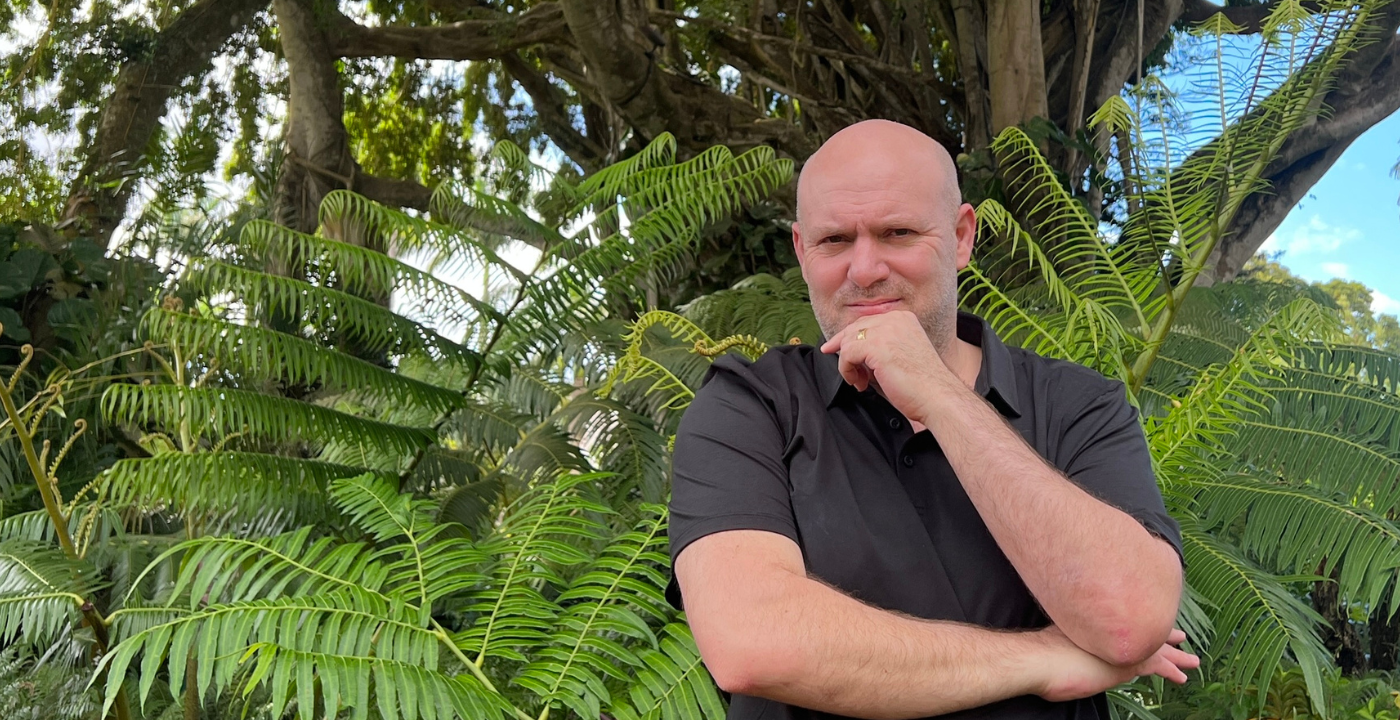So, the predominant producers of stones in the world market of diamonds — let’s start with Africa. So I do a lot of buying up there: I go up to the Venetian Mine over on the border of Zimbabwe, I also go down to the Kingdom of Lesotho, that’s the Letseng diamond mine. It’s the highest altitude diamond mine in all of Africa, at 10,000 feet. What’s interesting about this particular diamond mine is that it does produce a lot of big diamonds. If you follow Graff Diamonds, you’ll see a lot of Graff Diamonds come from the kingdom of Lesotho, and he’s actually taking a position, investing into that mine personally. Graff is pretty big on the diamond scale. Now if you follow the orange river from the center of South Africa, the orange river is the natural separation between the border of South Africa and the border of Namibia. You’ll basically run that into the Atlantic Ocean, and what you’ll end up with is what’s known as the Debmarine Mine. It’s actually on the Namibian side.
The Debmarin Mine, people tend to believe, produces some of the cleanest quality diamonds because they’ve had to travel that journey for hundreds and hundreds of miles through the orange river, rolling on the bottom of the river to be spurted out into the ocean along the beach. Because they’re actually found on the beach there. And then they’re all brought back, and helicoptered into this one area in Namibia, also controlled by De Beers. You sit down, and you can also get some D Flawless out of there. Very few, very limited, once again, but always interesting to go to Namibia. I love Namibia, I love the country, I love the locale, I’ve discovered lots of deposits of gems out there. You got a lot of random pockets over in the Erongo region of Namibia, over on the west coast of Namibia. You’ve also got some of the most beautiful deserts in the world. And I’ve discovered demantoid, aquamarine, tourmaline, yellow canary, yellow tourmalines, and some rare varieties coming out of Namibia. That area just produces some beautiful, beautiful gems.
So those are the gems that I refer to as the “golden triangle of diamond.” And let’s not forget the big daddy of them all: Botswana. The Debswana Jwaneng diamond mine in Botswana — that is one of the largest producing diamond mines in the world. And I love the diamonds that come out of that deposit, because whenever I do find a D Flawless, they tend to have a blue flash to them, and that is known as blue river. Extremely unique, extremely rare. I love going to Botswana, it is one of the world’s most impressive places when it comes to a joint venture between a mining company and a country. See, Botswana basically has very sophisticated development. It’s 50% controlled by De Beers and 50% by the government of Botswana. I know a lot of people in Botswana because of a lot of them are geologists, and as I hunt the gemological world, and I go into different parts of Africa, a lot of the guys who will go with me actually originate from Botswana. 50% of Botswana’s Gross National Income comes from diamonds, which is really amazing. I don’t think there’s any other country in the world like it. They’ve done great things.
So that’s the area within Africa, now I can take you to the northern part of Canada. Canada’s actually quite an interesting area when it comes to diamonds. So you’re up there in Yellowknife, and around 3 hours north of Yellowknife, you have the Ekati diamond mines. They produce some amazing, amazing diamonds. It’s really tough to get them out, though. These diamonds, you’re dealing with extreme temperatures. It’s a very, very difficult area to work with. But I was actually locked down for two years during Covid, I was locked down in the Canada region. I did a lot of work with the Dominion Mine. The Dominion Diamond Company basically owns the Ekati and several other mines in the northern part of Canada, and I had done some work with them, and I was able to tap into some of their resources as well. And they also do get some yellows, and they get some other colors, and like I said, I give Kat everything I can of the best, best quality, and I sell rough off of the other material because that’s my core business.
But diamond has captured the hearts of so many people, and it’s been an amazing ride watching this happen for 30 years, and watching diamond continuously grow in demand throughout the world market. If you’re really investing in diamonds, you gotta invest where the rarity is. Anything pink. Anything fancy yellows, nice colors, anything in blues — and of course, of course, anything in pink. Now pink — it doesn’t matter if it’s light pink, doesn’t matter if it’s deep pink, doesn’t matter if it’s fancy pink. It doesn’t matter: all pinks are rare. All pinks are rare. Right? It doesn’t matter.
And a lot of pinks, in the way they grade them in the GIA, which is also interesting, is they’ll grade them like, brownish pink. Now brownish pink means it is 80-odd percent, or 80 percent, pink, with a little bit of brown. It’s awkward how they put the color — the primary color is the second color. So you’re always looking at the second color, not the first color. So if it says brownish pink, don’t worry about it, right? Because that means it’s pink, right? With 20 percent brown. Something like that. Now if it’s pinkish brown, it’s not as good as brownish pink. Isn’t that cool? The GIA does it the other way around, and a lot of people in the layman world don’t know this. But it’s the other way around. You want the brownish tones, or the off tones, the off shades, the overtones, to be in the first slot. Because that means they’re not a dominating slot. You want the secondary color — so for example, if you have a brownish pink diamond, that is a pink diamond with a slight tinge of brown to it, insignificant. If you have a pinkish brown diamond, that’s a brown diamond with a slight tinge of pink to it.
Now, both of these types will come out of Argyle, and both are rare. But if you can get pink in the second slot, that’s the money, baby. That’s the money. That’s where the money is. Big money — can demand 6 digits, 7 digits. Big amounts of money depending on the size of the diamonds. So that’s my update. And you know, journey to the stone, I’ve traveled the whole world. I’ve been to all these different deposits all across the world. I’m just trying to give some updates to everybody; people keep asking me about my information of different deposits and discoveries.



